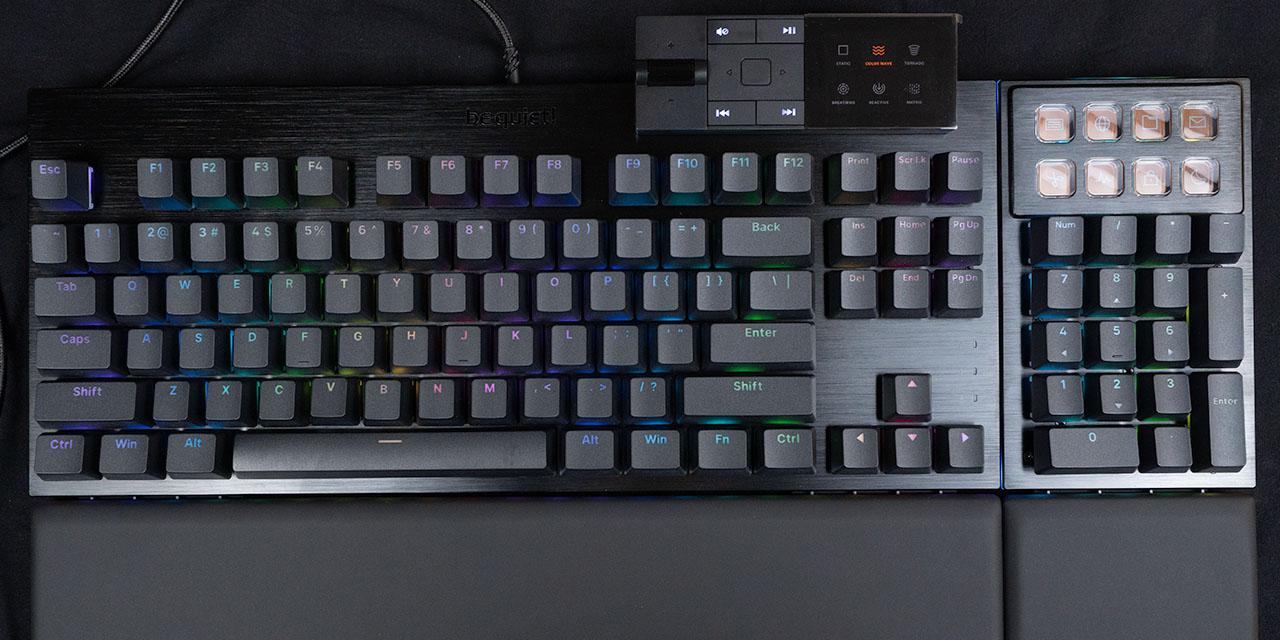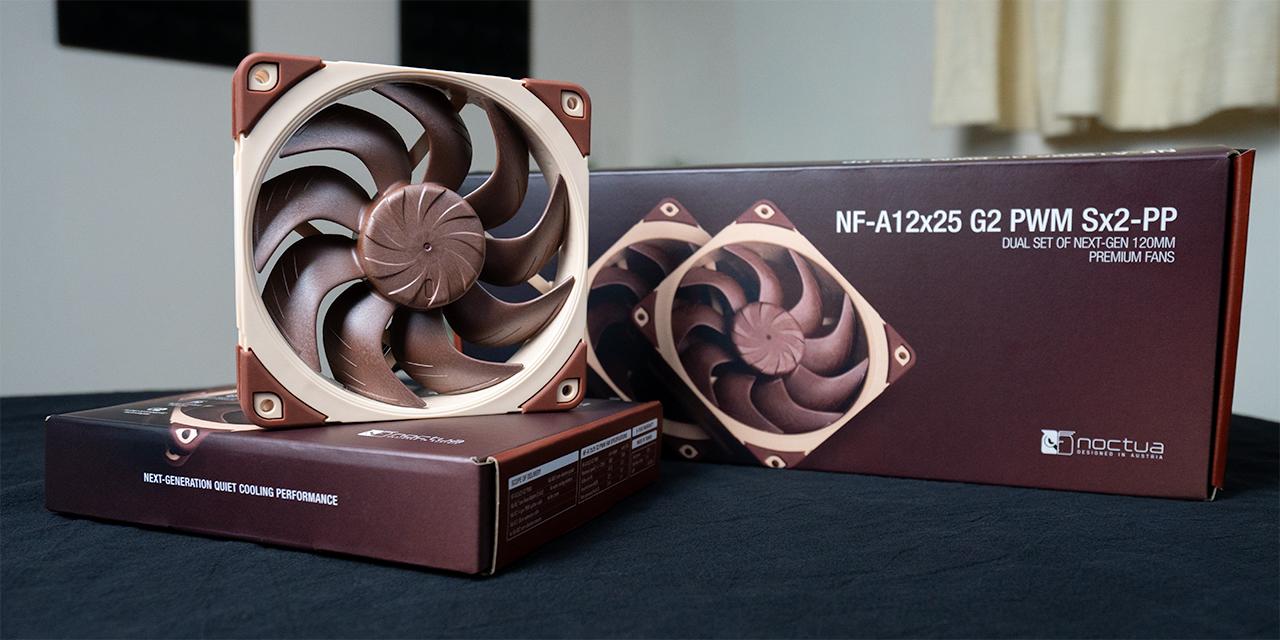Page 3 - Subjective Performance Tests

After plugging the SteelSeries Sensei 310 in and setting up the software, I drove the mouse through our series of revised standard tracking performance tests. This includes normal office usage in the Windows environment as well as gaming. Some graphics work and testing is done with Adobe Photoshop. Games used in this test include Overwatch and League of Legends. This spans multiple genres and allows us to get a feel as to how the mouse responds in different situations. All testing was completed on the SteelSeries QcK Prism's hard surface. Please note these are subjective tests, but we will attempt to make it as objective as possible with our cross reference testing methods.
The ambidextrous but relatively flat shape of the SteelSeries Sensei 310 lends itself towards a claw or fingertip grip. I used a claw style most of the time with the Sensei 310, with enough width to support all of my fingers -- even the ring and pinky fingers -- but those with larger hands may say otherwise. Weighting wise, the Sensei 310 is pretty good and hits a middle ground for how heavy gamers like their mice. As for the sensitivity range, I never went above 1600CPI, despite SteelSeries allowing for up to 12000CPI. Most experienced gamers actually keep their mouse at a relatively low sensitivity, but this flexibility is nice.
During usage, I never accidentally pressed any buttons I did not intend to click. There are buttons on both sides of the mouse, but they are placed well out of the way to prevent accidental clicks, without being too far to need to stretch your fingers too far. The audible and tactile feedback on all of the buttons were good, even when considering the non-Omron secondary keys. None of the buttons exhibited any squeaks or abnormal sounds. I also really like the side grips and the feel of the mouse, as the SteelSeries Sensei 310 grips well in my hand. Despite the smoother surface, the lighter weight and side grips made it easy to keep the Sensei 310 in my hands. The sloping and shape of the mouse felt nice, but I personally prefer the more right-handed ROCCAT Kone Pure Owl-Eye.
The SteelSeries Sensei 310 is marketed as an esports mouse, so it only makes sense to test it with games like Overwatch and League of Legends. Diving into the shooter, the Sensei 310 felt very similar to the ROCCAT Kone Pure Owl-Eye. This is not too surprising considering they share a similar sensor. Generally speaking, FPS gamers will look for mice that are easy to hold and quick to respond without having much heft. The lightweight build and design of the Sensei 310 fit this bill. The mouse was very responsive without any flaws like spinning out. It also provided smooth tracking, especially at lower sensitivity settings. In games like League of Legends, the tracking was top notch. The cursor did not skip or jump and I was able to control the mouse easily. Button clicks felt responsive throughout the game. I will say, the split trigger buttons do feel a bit light to the touch, but after some getting used to it, they were fine.
When checking for more technical flaws, the SteelSeries Sensei 310 performed well. Firstly, I did some lasso testing in Photoshop to see if the mouse was capable of selecting predetermined elements in an image. This allowed me to check for not only tracking and precision, but also for jitter while moving about. Secondly, I performed the straight line test by trying to draw a straight line with the brush. This allowed me to test for mouse prediction. Some cheaper mice will "autocorrect" itself by predicting and drawing a flat line, which hides the intended smaller movements. For the Sensei 310, there were no issues in either tests. Every small detail was picked up when I was off from creating a flat line, showing zero signs of prediction. No input lag was noticed and response time was consistently excellent, even when testing at the maximum settings. There was a bit of jitter at maximum sensitivity, though this could easily just be my hand or the mouse itself.
Overall performance of the SteelSeries Sensei 310 was excellent. Gaming was made easy with accurate and smooth tracking. The Sensei 310 performed practically without lag and handled nicely. I really liked the overall low lift off distance. I was also really happy to see the type of gaming integration with the LED lighting on the mouse and I hope to see even more integration with other games in the future.
Page Index
1. Introduction, Packaging, Specifications
2. A Closer Look - Hardware and Software
3. Subjective Performance Tests
4. Conclusion





